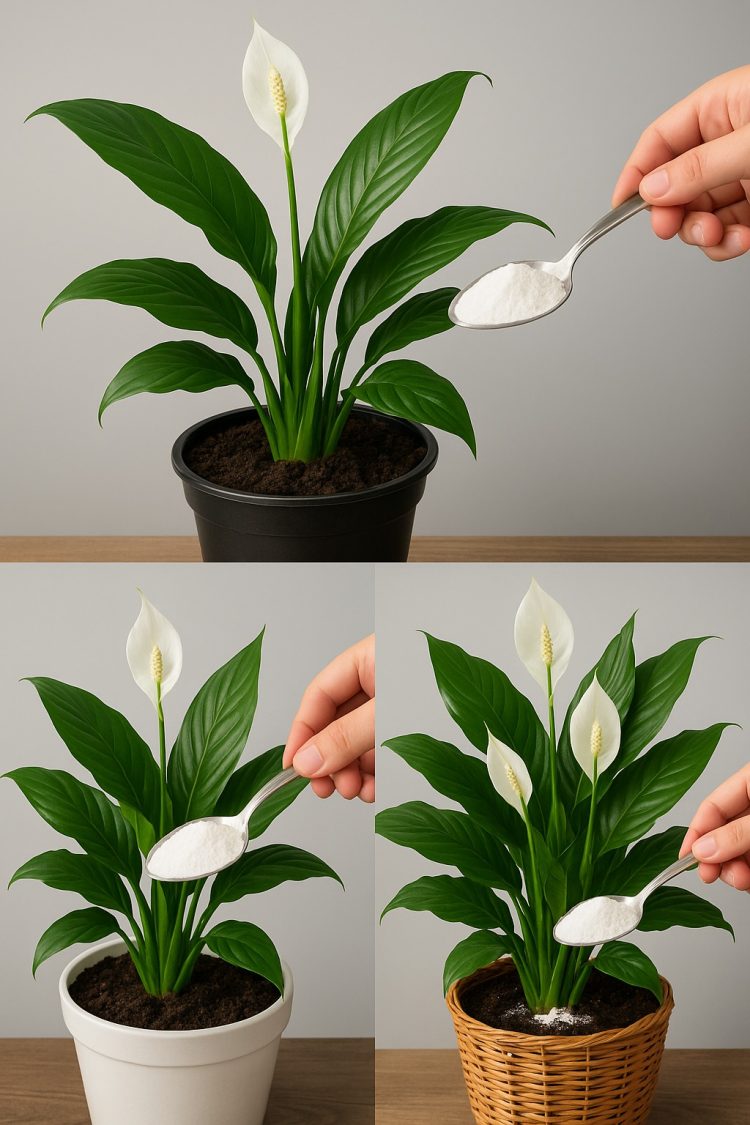The peace lily (Spathiphyllum spp.) is a beloved houseplant known for its elegant white blooms and rich, green foliage. While it’s often grown for its decorative beauty and air-purifying qualities, many people don’t realize that, with the right care, you can encourage your peace lily to bloom more frequently and with greater vigor—even in a container on a sunny windowsill.
If you’re wondering how to get the most out of this stunning plant, follow these expert tips to maximize its bloom yield and overall health.
Understanding the Peace Lily
Peace lilies are native to the tropical rainforests of Central and South America, where they thrive in warm, humid environments with dappled sunlight. Although they’re often marketed as low-light plants, they actually perform best and bloom more profusely in bright, indirect light.
That’s why a sunny windowsill—especially one facing east or north—is a perfect location, as long as the light is filtered or gentle.
The Right Light for More Blooms
While peace lilies tolerate low-light conditions, they need brighter light to produce abundant blooms. Place your peace lily near a sunny window, but shield it from harsh, direct sun with a sheer curtain or by positioning it slightly off to the side.
Direct sun, particularly during the afternoon, can scorch the leaves. On the other hand, insufficient light results in more foliage and fewer or no flowers. For year-round blooming, ensure the plant receives at least 6 hours of bright, indirect light daily.
Best Containers and Soil for Peace Lilies
To maximize flower production, you must start with the right container and soil. Use a pot with drainage holes to prevent waterlogging. Peace lilies don’t like sitting in soggy soil, as this can lead to root rot and hinder flowering.
The soil should be light and well-aerated. A good mix includes:
2 parts peat moss or coco coir
1 part perlite
1 part compost or leaf mold
This combination holds moisture while allowing excess water to drain, keeping the roots healthy and encouraging bloom development.
see continuation on next page
